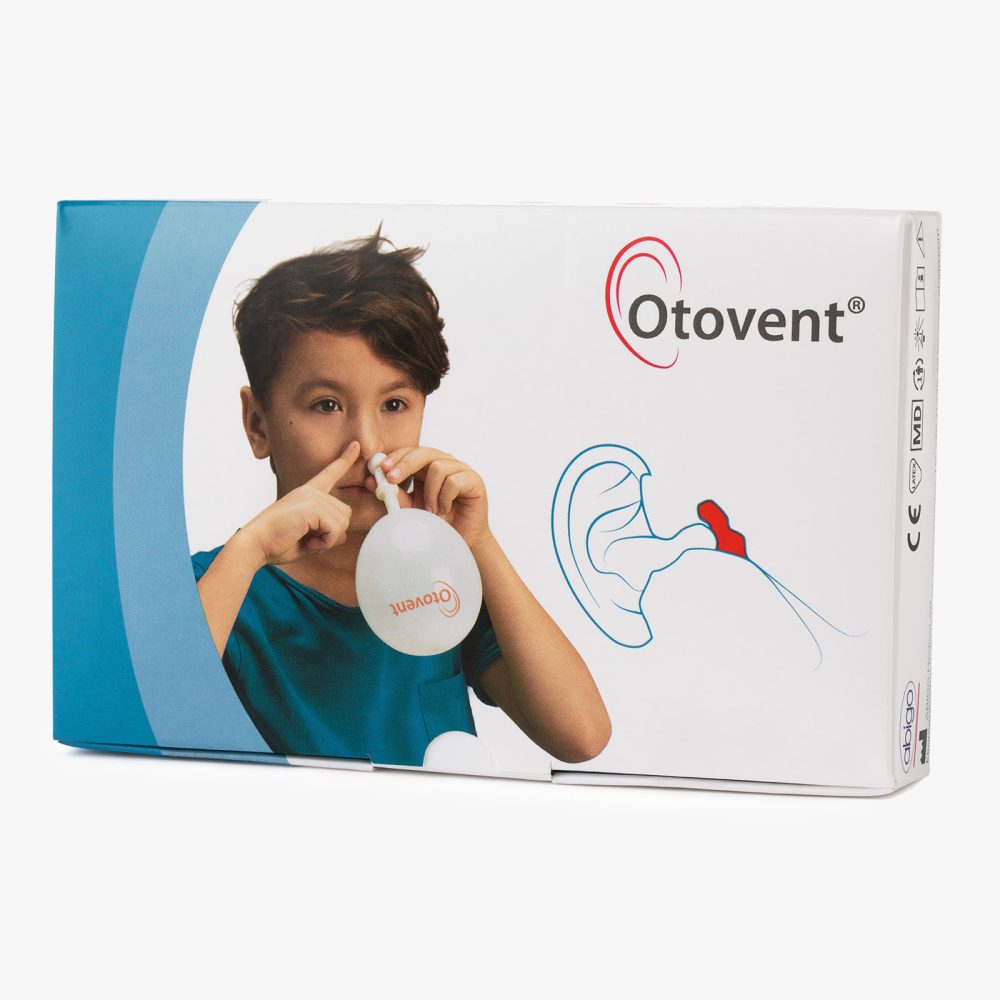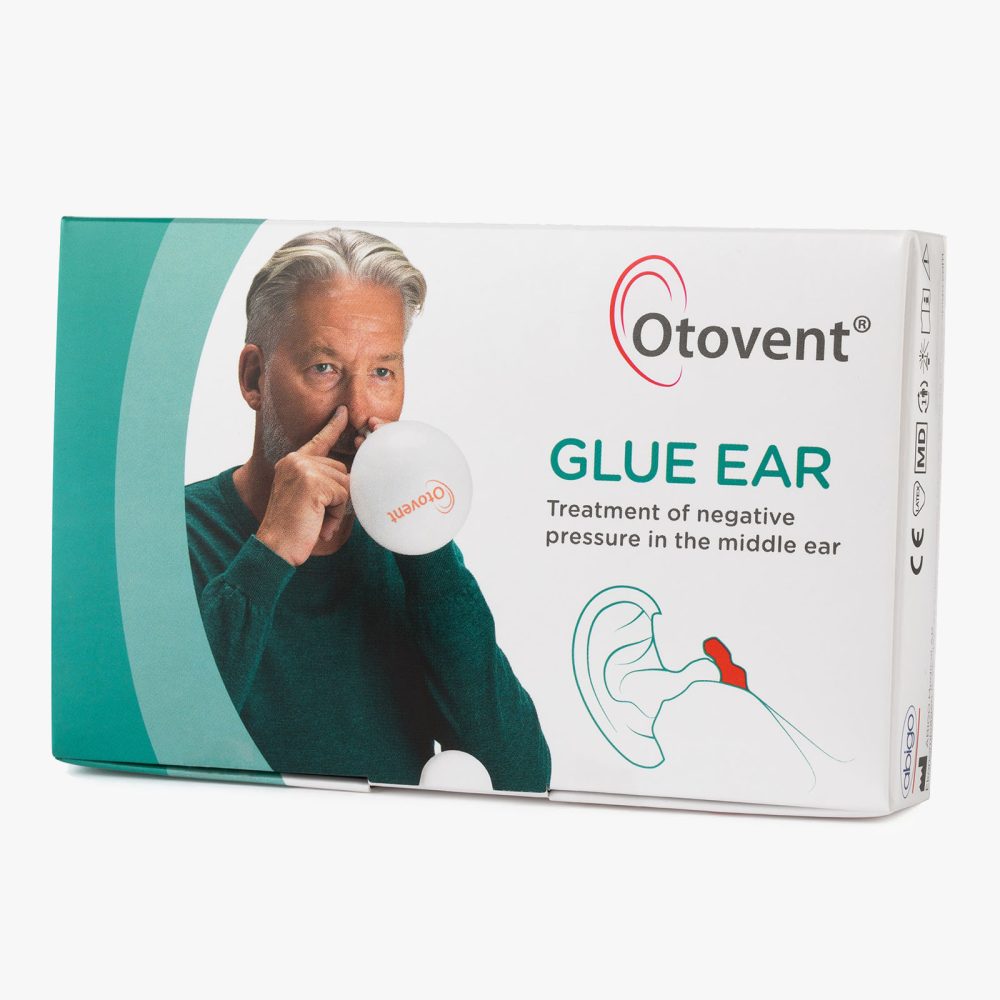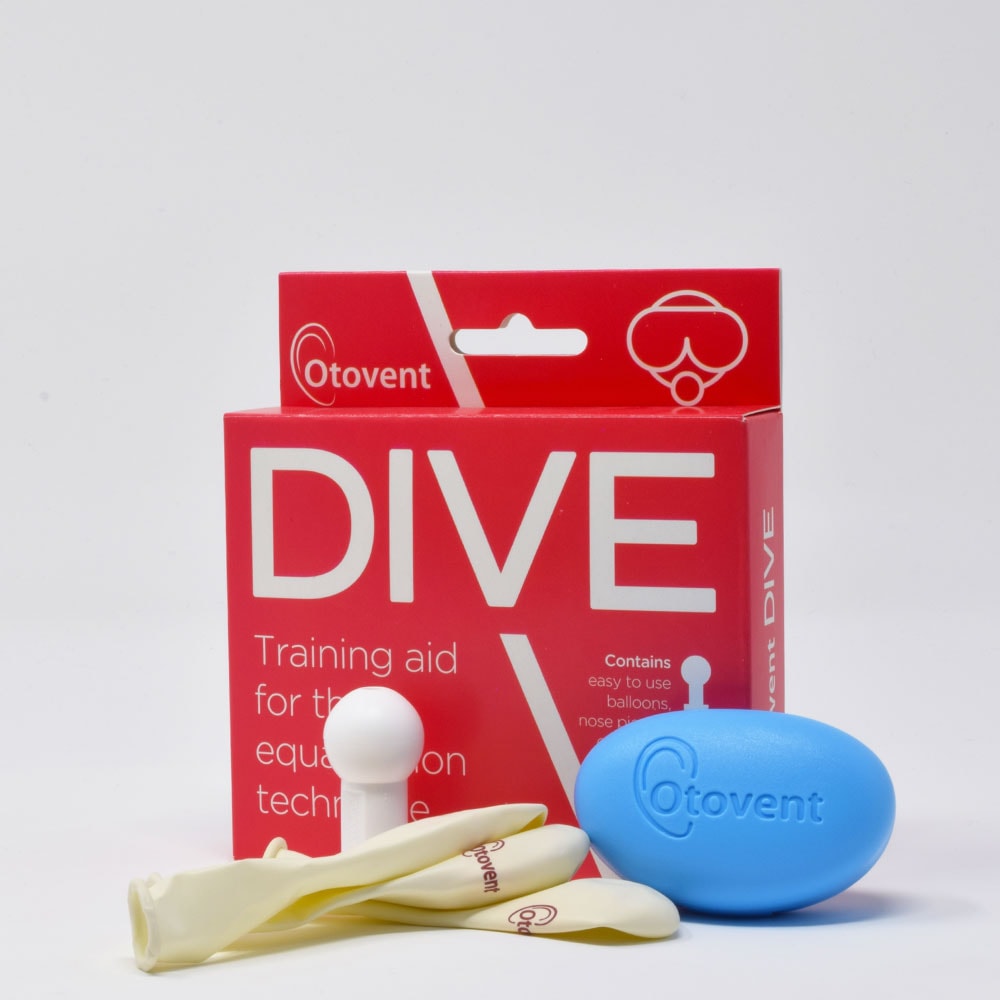Glue Ear Animated Guide
The Otovent autoinflation device has been found to reduce the need for grommet surgery by up to 50%. All Otovent clinical trials can be accessed on our Clinical Data page.
This animation tells you everything you need to know about Glue Ear as a parent, including how using the Otovent auto-inflation device could treat the condition.
Treating Glue Ear
if you suspect your child is suffering from glue ear you should speak to your GP. They may diagnose the condition or refer you to an audiologist for further testing. In the majority of cases the condition will resolve without treatment, but intervention is sometimes required. Traditionally this has usually meant Grommet Surgery, which is the insertion of a ventilation tube in the ear drum. However, the NHS have selected the operation as one of the surgeries it is cutting down on to save money.
This is where Otovent comes in; the Otovent Autoinflation Device consists of a nose piece and a specially pressurised balloon, which the child inflates via their nose. This act opens the eustachian tube allowing the sticky fluid associated with Glue Ear to safely drain away. Otovent is the only drug-free and non-surgical clinically proven treatment for Glue Ear. It is available over the counter in pharmacy and from the Otovent website. The Moniri Otovent is a parent assisted version of the original Otovent device specifically designed for children who cannot use Otovent, usually because they are too young to blow their own nose.




